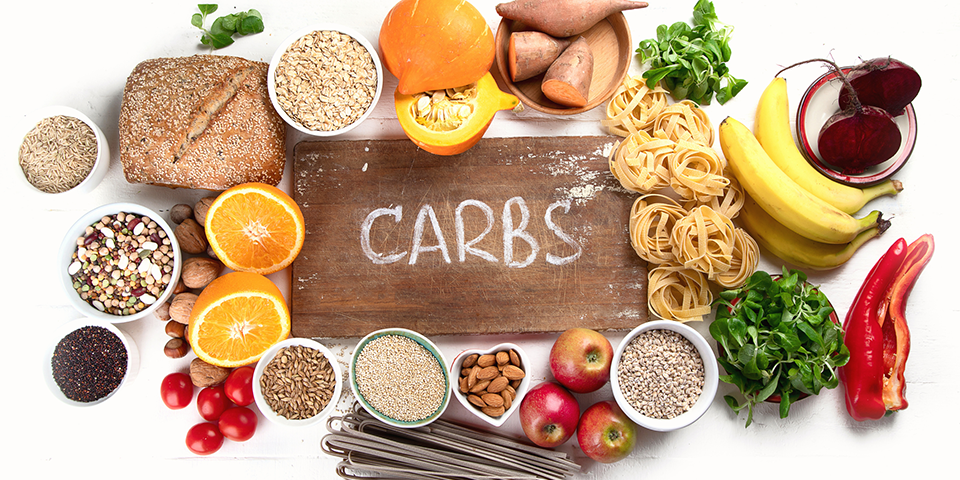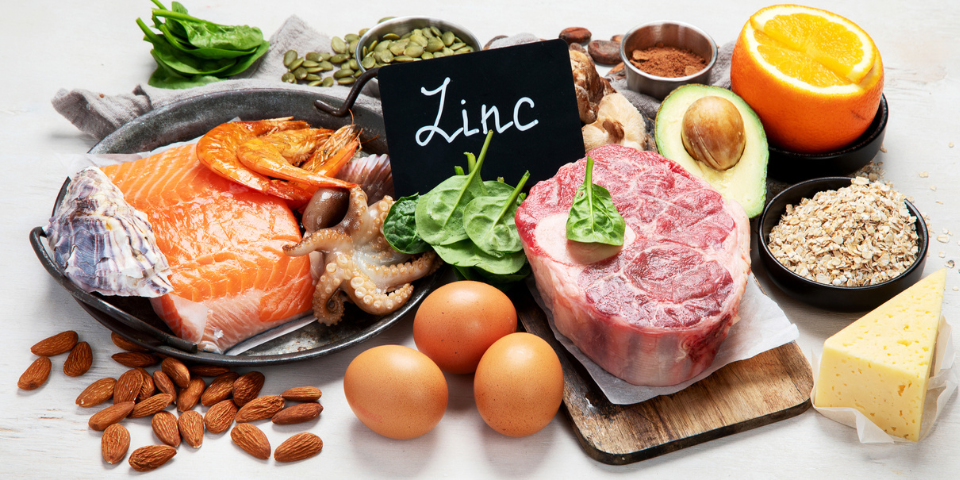Iron plays an important role in the body. It is an essential element for most living organisms as it is responsible for a large variety of metabolic processes. These include oxygen transport around the body, the production of our DNA and electron transport. However, you want to aim for the perfect amount of iron! As excess iron can form toxins in the body, its levels in the body tissues must be tightly regulated.
Symptoms of low iron
Iron deficiency can be detected in an individual with no symptoms on a screening-analysis or in a person with symptoms. These include general weakness, fatigue, irritability, poor concentration, headaches and low energy. Some individuals deficient in iron may have alopecia, loss of taste buds or a dry mouth.
What does your blood test mean?
Iron tests evaluate the total amount of iron in the body by measuring substances in the blood. These tests are usually ordered at the same time and can help diagnose or monitor iron deficiency or toxicity.
- Serum iron: measures the amount of iron in the liquid part of the blood
- Transferrin: measure the amount of transferrin (the protein that transports iron around our body)
- TIBC (total iron-binding capacity): measures the total amount of iron that can be bound by protein in the blood.
- UIBC (unsaturated iron-binding capacity): determines the reserve of transferring (the amount of transferrin that has not been saturated with iron).
- Transferrin saturation: reflects the amount of iron that is saturated with iron.
- Serum ferritin: measures the amount of iron stored in the body.
How to naturally increase iron levels
Dietary factors play a role in the development of iron deficiency and the development of iron deficiency anemia. Haem iron (animal based) includes meat, fish, poultry and eggs. There are also plenty of plant-based options including lentils, chickpeas, beans, tofu/tempeh, cashew nuts, hemp seeds, dried apricots and figs and quinoa. It’s important to focus on these types of foods to naturally increase your iron levels.
To increase absorption of plant-based iron sources, consume the above with a Vitamin C containing food such as capsicum, citrus fruits, broccoli, tomato, kiwi fruit, broccoli. Also, try to avoid drinking caffeinated tea or coffee with meals, as this can reduce iron absorption. Enjoy snacks such as a handful of cashews, you could make a lentil curry, sprinkle hemp seeds onto oats/smoothies or have a snack including dried apricot/figs.
Consider an iron supplement
If you have low iron, you may benefit from an iron supplement such as the JSHealth Vitamins Iron+ formula. As always, consult a healthcare professional before adding supplements to your routine as individual needs vary.
References:
Bermejo F, García-López S. A guide to diagnosis of iron deficiency and iron deficiency anemia in digestive diseases. World J Gastroenterol. 2009;15(37):4638-4643.
Abbaspour N, Hurrell R, Kelishadi R. Review on iron and its importance for human health. J Res Med Sci. 2014;19(2):164-174.
Labtestsonline.org. 2021. Iron Tests | Lab Tests Online. [online] Available at: <https://labtestsonline.org/tests/iron-tests> [Accessed 2 July 2021].



